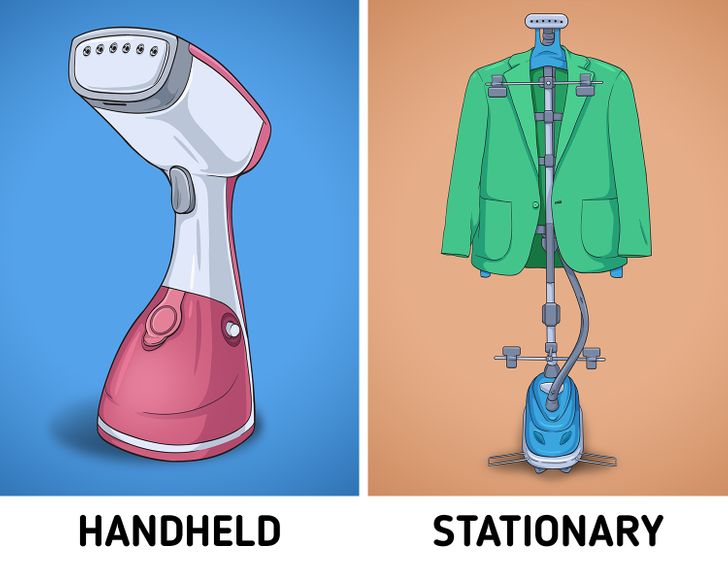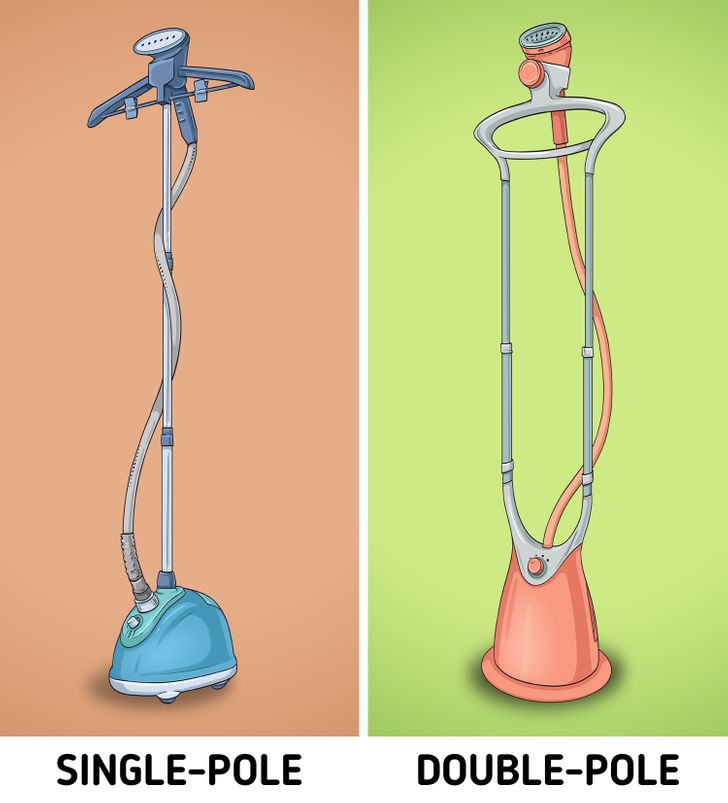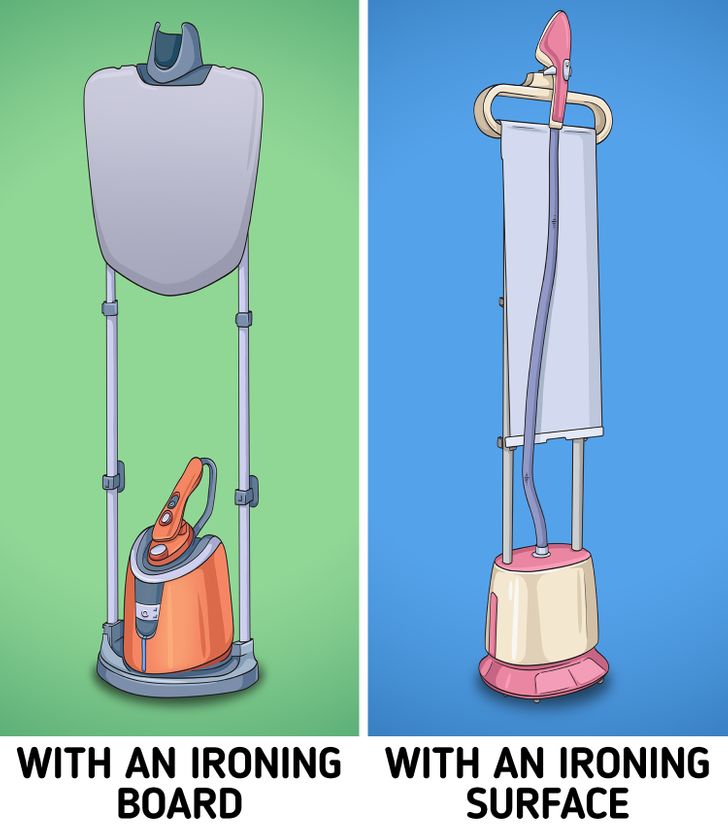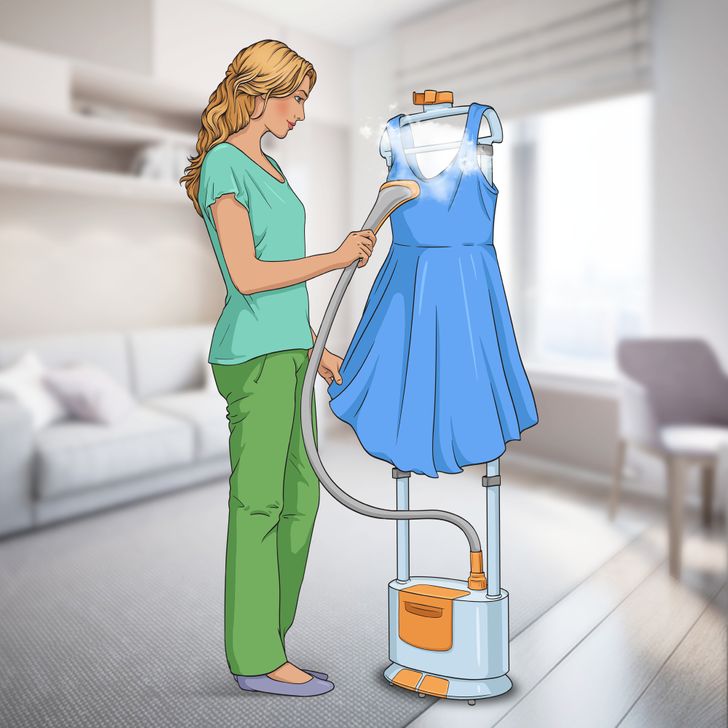How to Choose a Clothing Steamer
Don’t like ironing? Or maybe, on the contrary, you love it, and you want your clothes to be wrinkle-free. Imagine for a second how difficult it is to get rid of folds in a puffy skirt or on the sleeves of a shirt. A clothing steamer can solve all these problems much more effectively than an iron, but only if you choose a device that suits your needs.
At 5-Minute Crafts, we believe that household chores should take as little time as possible, so we want to share peculiar features of modern steamers with you to help you avoid spending long hours at the ironing board.
What you can do with the help of a steamer
-
Remove wrinkles from everyday clothes.
-
Iron clothing made of delicate fabrics.
-
Iron garments with accessories that you can’t typically use an iron on.
-
Make creases in pants.
-
Steam curtains without taking them off the holders.
-
Freshen up outerwear, like a coat.
-
Disinfect toys.
-
Steam furniture upholstery and blankets.
-
Premium models of steamers even let you dry clean your clothes.
Main types of steamers

Steamers can be divided into 2 main categories: handheld and stationary.
- Handheld steamers are indispensable if you go on a trip. They take up little space and can remove bigger wrinkles. Their disadvantages are low power and short operating time. If you plan to use a handheld steamer at home, you probably won’t be able to set aside an iron completely.
- Stationary steamers are much more powerful and can last much longer than handheld ones. The quality of their work depends on the technical characteristics, which we will talk about below.
Stationary steamers

Stationary (floor-standing) steamers can be divided into 2 types:
- Single-pole
- Double-pole
The advantage of a double-pole steamer is its stability. It can support the weight of heavy garments, such as coats.
- Most models have telescopic poles for easy storage.
- Additionally, different models have clothing hangers not just for jackets or shirts but for trousers and skirts as well.
- Accessories, such as a protective mitten, a device for making creases on trousers, or an anti-lint brush, will be pleasant and useful additions to your steamer.

Technical characteristics you should take into account

-
Continuous steam supply: Some models require you to constantly press the steam button, which is not very comfortable for long-term use.
-
The device’s heating time: Choose models that heat up quickly enough.
-
The size of the water container: The larger it is, the longer the device can work in one go.
-
Automatic shutdown: This is a very useful feature in terms of security. Like, for example, when the steamer runs out of water.
-
Steam power: The most powerful steamers have a boiler system that delivers steam under high pressure. The higher the pressure and speed of the steam, the less likely you’ll have to do additional ironing on your clothes.
-
Pay attention to the length of the power cord and the length of the steam hose.
-
It’s important to remember that it’s advisable to use distilled or at least filtered water in a steamer of any model, otherwise, scale can form, which will stain your clothing and can subsequently break the device.